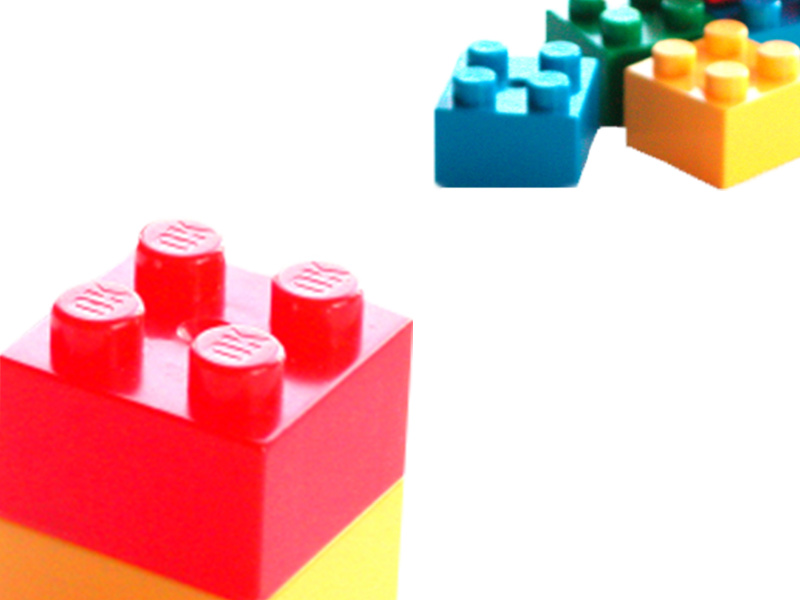How interesting plastic is!

Plastic is widely used in our daily lives. There are so many products including TVs, PCs, stationery products, toys, automotive parts, PET bottles and plastic bags, to be almost uncountable. We can say that plastic is an essential material in the world.
Plastic when used in the above products is familiar, but there may be actually a lot of things you don’t know about it.
In this site, we will plainly introduce to you the history and the various types of plastic, as well as how it is made and its future.
When was plastic invented?
It is said that the origin of plastic is the discovery of vinyl chloride and vinyl chloride powder by French scientist Regnault in 1835, about 170 years ago. The first commercialized plastic is celluloid, which was developed in the United States in 1869. At that time billiard balls were made of ivory, which was expensive. Companies in billiards business collected alternative materials for billiard balls from inventors. Then printer John Wesley Hyatt invented celluloid as new material, which he later registered as his manufacturing company's trademark. Celluloid can also be processed into various shapes because it softens when heated. And it has used in many fields including doll, toy, stationery, photograph, movie.
However, celluloid is no longer the most widely used plastic today because of its highly flammable character.
What characteristics does plastic have?
Plastic is essential to our daily life and industry. Why is plastic widely used?
That is because plastic has following characteristics:
- ●hard to electrify
- ●rustproof
- ●freely colorable
- ●easily processed into complex shapes
- ●hygienic
- ●light
- ●can be produced cheaply and in large volumes
Although plastic is more useful than other materials such as metal, it has the following weak points:
- ●poor resistance to heat
- ●poor strength and rigidity
- ●soft surface
- ●dust adheres easily
- ●poor resistance to chemicals and solvents
How is plastic made?
As you know, plastic is made from crude oil.
Plastic is produced through the following process:
【Crude oil】→【oil refining plant】→【naphtha】→【raw plastic material】→【plastic processing】→【plastic product】
”Crude oil” is heated at an oil refining plant, and it is then divided into gasoline, naphtha, heating oil, light oil, heavy oil and asphalt by using the deferent boiling temperatures.
Plastic is made from “naphtha”.
And then, the raw materials used to make plastic, including “ethylene propylene (gas)” and “benzene (liquid)”, are created by heating naphtha. These are molecules consisting of hydrogen and carbon.
Raw plastic materials including “polyethylene and polypropylene” are made by joining these molecules together.
Additives to soften, toughen and color are added to these raw plastic materials. The material made in this way is called “pellet”.
This pellet is put into the device called a molding machine. The raw material is heated in the molding machine and it is cooled after being poured into a mold (a mold with a shape of the final product you want to make).
And then, the solidified material is a plastic product.
What kind of plastics are there?
Plastic is divided into many kinds by its components and each characteristic is different. For example, everyday PET bottles contain polyethylene terephthalate resin, and are called PET for short. PET bottles actually derive their name from this PET. It has clear and chemical-proof character. Poly bags contain low density polyethylene. They derive their name from “poly”. It is lighter than water and chemicals-proof.
*Please slide to the left
| Plastic name | Abbre | Containing product | character |
|---|---|---|---|
| Polycarbonate | PC | CDs, cell phones | Clear and heatproof |
| Acrylate resin | PMMA | Glasses, contact lens | Clear and stout |
| Polyamide | PA | Zippers, retort food bags | Tough and oxygen-proof |
| Polypropylene | PP | Kitchen utensils, automotive parts | Heatproof, glossy |
| Low density polyethylene | LDPE | Poly bags, food containers | Light, chemicals-proof |
| High density polyethylene | HDPE | Buckets, pipes, nets | Shockproof |
| Polystyrene | PS | Surface of PCs, TVs | Clear and hard |
| AS resin | SAN | Dressing containers, disposable lighters | Clear and scratch resistant |
| ABS resin | ABS | Furniture , PCs | Unclear and heatproof |
| Vinyl chloride | PVC | Gloves, cords, films | Flameproof, tough |
| Polyethylene terephthalate | PET | PET bottles, egg packs | Clear and stout |
What is the future of plastic?
Plastic’s weak points including poor resistance to heat and poor strength have been overcome by technological advances. Also, each plastic characteristic has been improved by combining with other materials such as other plastics, glass fibers and minerals, so plastic is more extensively used today than ever before. The cutting-edge technology of plastic processing is effectively used in, for example, car engine parts that were previously made of metal, small antennas built-in to cell phones and a small precision machine parts whose width is a fiftieth of a hair. Plastic is expected to be applied to unimaginable fields by using nanotechnology (the technology controlling one-billionth of a meter) from now on.